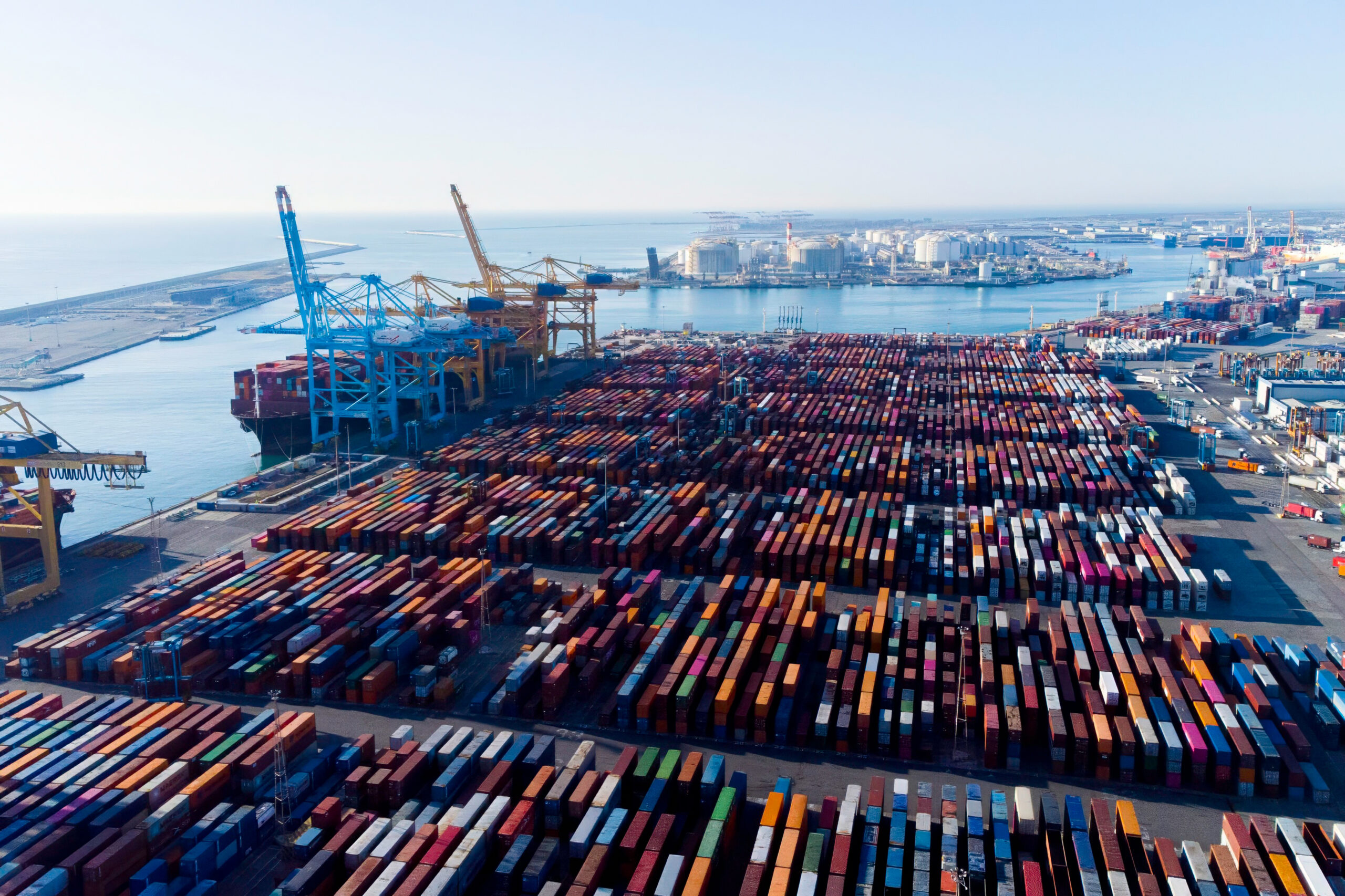Update
| Player | Who |
|---|---|
| Seller | Company in China selling the item |
| Vendor | Company in Canada buying from Seller |
| Customer | Company in the US buying from Vendor |
| Amazon | Large retail website |
The world is ending because the United States is imposing tariffs on other countries. This will cause the economy to crash.
Amazon was going to put up a “this product cost you $x in tariffs” to drive home just how evil tariffs are.
That is not what happens.
Let’s consider a tool I purchased recently. It cost me $45, it was made in China.
According to Amazon, since there is a 145% tariff on China, that means that $18.37 of that price is me paying a tariff.
This is garbage. Not true. There is no way to know what I am paying in tariffs because that is decided by the vendor.
To understand tariffs, we need to understand the difference between cost and price.
Let’s assume I’m buying lots of widgets from a vendor in Canada. According to the US government, there is a 145% tariff on those goods coming into the US.
Using the Amazon system, if we would see this particular item on Amazon for around $0.99 with $0.59 of that being “tariffs”.
This particular widget cost $0.58 cents. This is the amount the Chinese seller gets per unit. It costs $0.01 to get it shipped over to Canada.
This puts the total cost to the vendor at $0.59. This includes any tariffs imposed by Canada or export costs imposed by China.
The customer is buying these widgets from the vendor for $0.80/unit.
Using the Amazon model, this would mean that the tariffs would be $0.47/unit. If this were the case, the vendor would make negative $0.12 per unit. This is not viable. Something else must be happening.
There is something else happening. That is, that the vendor first sells the widget at cost to himself in the United States.
This means that he is paying a tariff on his cost of the item. Which is $0.58 with a tariff of $0.85. This makes the breakeven point on this product $1.44
The vendor and the customer have negotiated how much each will pay of the tariff. They agree to split the tariff 50/50.
This means that the breakeven point is now $1.02, meaning that the vendor loses $0.22/unit. The cost to the customer is now $0.80 + $0.43 = $1.23.
The customer will lose $0.24 per unit sold on Amazon instead of the $0.19 he was making before the tariffs.
The reality is that this widget is listed on Amazon. The price is $2.83/unit.
The Canadian vendor is not going to eat any of the tariff costs, that will be passed on to the customer.
The customer’s cost will go from $0.80 to $1.66.
Your price will go from $2.83 to what?
It will likely stay at $2.83. Why?
Because if they could sell the product at $3.83 they would already be selling it at $3.83. It is that simple.
Will it go up a little? Maybe. What if it went up enough to cover the entire cost of the tariffs? That would take it to $3.69/unit. That is still a much smaller percentage than what Amazon and the media would have you believe.
Which brings us to reality, once again. The price of this item will probably go to $3.33 per unit. A cost increase of $0.50/unit.
This is the complexity of tariffs, much of the pricing calculations are done well outside the view of the final user.
At every stage, the price of the good is set at the maximum that the market will tolerate. If that means that profits go down, profits will go down. If profits go down too much, then that seller will go out of business.



Leave a Reply to It’s just Boris Cancel reply